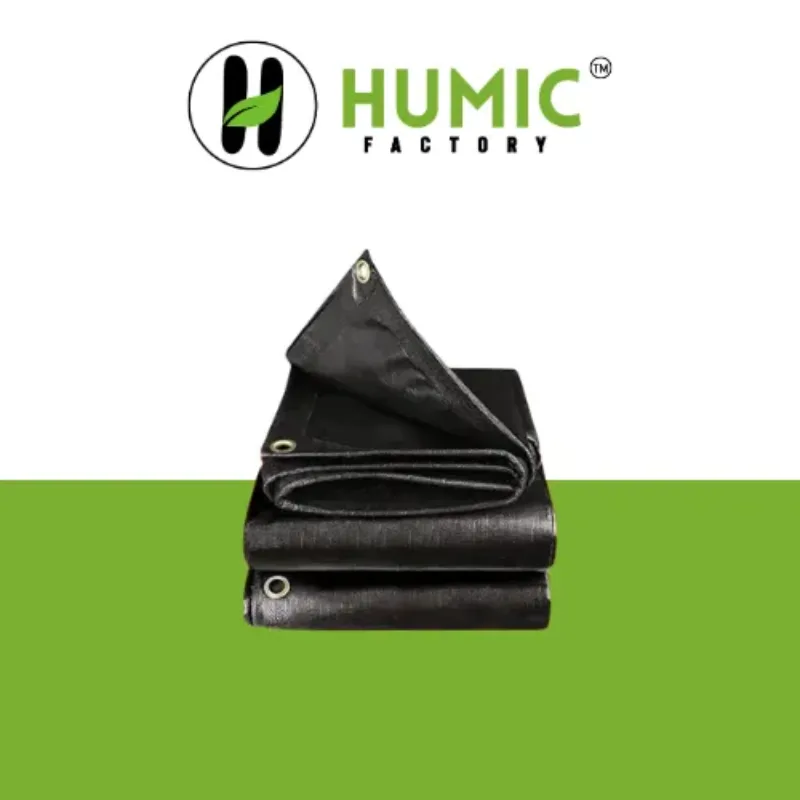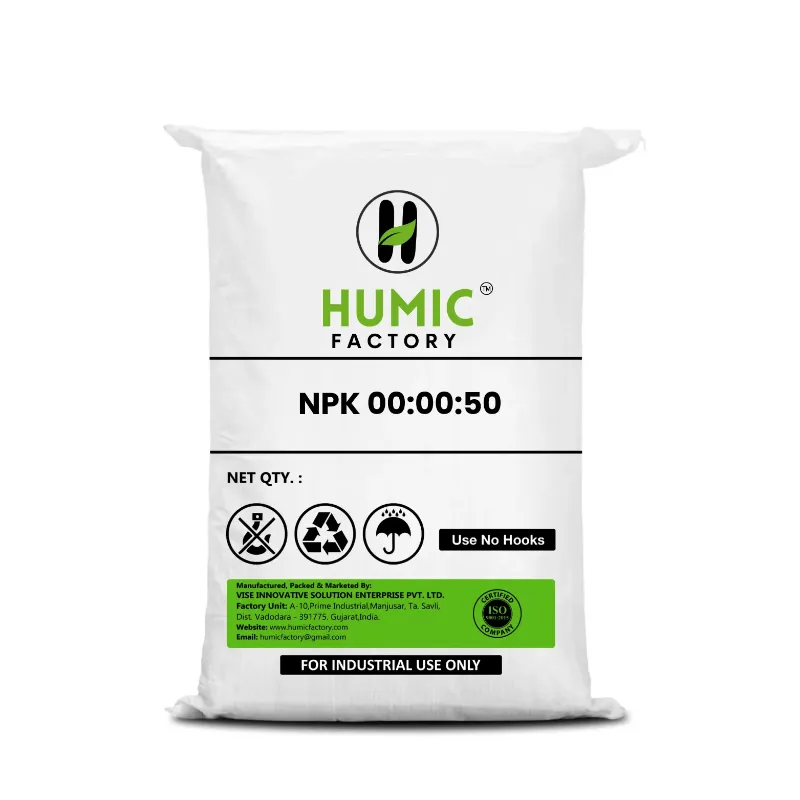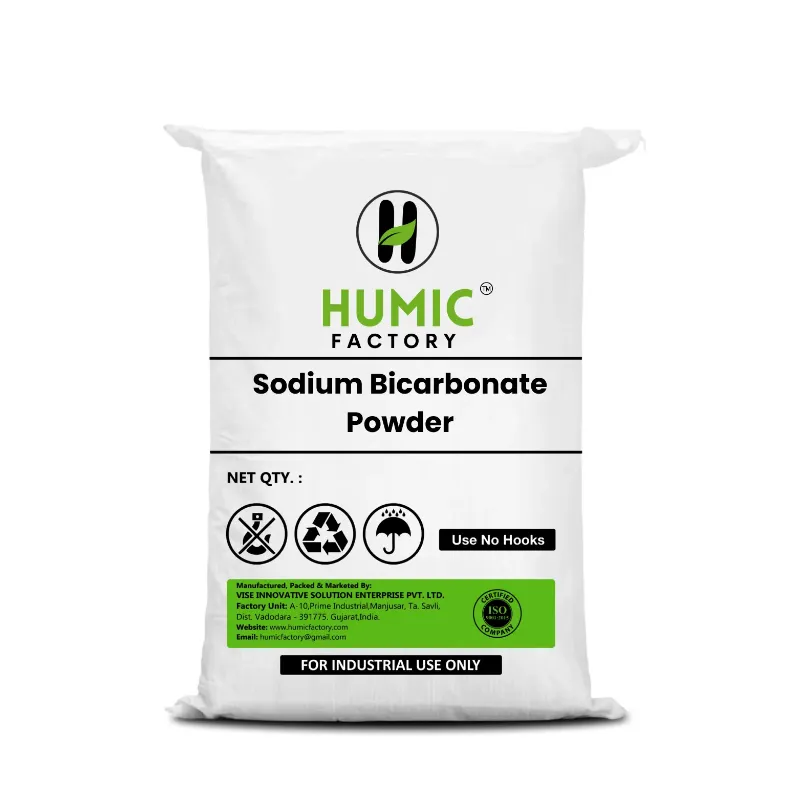Vesicular Arbuscular Mycorrhiza 3000 IP (VAM 3000 IP) is an excellent tool for enhancing plant growth and yield, but to get the best results and avoid potential issues, it's essential to follow certain precautions. Here’s a detailed guide to help you use VAM 3000 IP effectively and safely. Before applying VAM 3000 IP, ensure that your soil is well-prepared. This involves: Testing Soil Conditions: Conduct a soil test to check for pH, nutrient levels, and overall soil health. VAM fungi thrive in well-balanced soils. Adjust the soil pH and nutrient levels as needed before application. Avoiding Soil Compaction: Ensure the soil is loose and well-aerated. Compacted soil can hinder the fungi's ability to colonize plant roots and spread through the soil. How you apply VAM 3000 IP can significantly impact its effectiveness: Follow Manufacturer Instructions: Always adhere to the specific guidelines provided by the manufacturer for the best application rates and methods. Over- or under-application can affect performance. Incorporate Properly: Mix the inoculant thoroughly with the soil or planting medium to ensure even distribution. For planting holes, mix it directly with the soil around the roots. Use Clean Equipment: Use clean, dry tools when handling VAM 3000 IP to avoid contamination. Dirty tools can introduce pathogens that might harm the mycorrhizal fungi. Chemical treatments can negatively impact mycorrhizal fungi: Minimize Chemical Fertilizers: Avoid using synthetic fertilizers immediately before or after applying VAM 3000 IP, as these can disrupt the fungi’s activity. Opt for organic fertilizers which are more compatible with mycorrhizal fungi. Limit Pesticide Use: Refrain from applying chemical pesticides or herbicides around the time of inoculation. These chemicals can kill beneficial fungi and microorganisms in the soil. Watering is crucial for the establishment and growth of VAM fungi: Adequate Moisture: Ensure the soil is adequately watered after application. This helps the fungi to establish and spread. However, avoid waterlogging, as overly saturated soil can lead to root rot and other problems. Consistent Watering Schedule: Maintain a consistent watering schedule to keep the soil in optimal condition for the mycorrhizal fungi. Extreme fluctuations in soil moisture can hinder fungal growth. Regular monitoring helps ensure the inoculant is performing as expected: Observe Plant Health: Keep an eye on your plants for signs of improved growth and health. Healthy, vigorous plants are a good indicator that the VAM 3000 IP is working well. Check Soil Conditions: Periodically check soil health, structure, and moisture levels. Proper soil conditions support ongoing fungal activity and plant growth. Avoid Disturbing Soil: Minimize soil disturbance around the root zone once VAM 3000 IP has been applied. Excessive digging or tilling can damage the mycorrhizal network and hinder its effectiveness. Proper storage and handling are essential to preserve the effectiveness of VAM 3000 IP: Store in a Cool, Dry Place: Keep the inoculant in a cool, dry place away from direct sunlight and extreme temperatures. Proper storage helps maintain the viability of the fungal spores. Check Expiry Dates: Always check the expiration date on the product packaging. Using expired inoculants can result in reduced effectiveness or failure to deliver the intended benefits. Ensure that VAM 3000 IP is compatible with other soil amendments and treatments: Compatibility Testing: Before combining VAM 3000 IP with other soil amendments or treatments, perform a compatibility test or consult with the manufacturer. Some products may interact negatively with mycorrhizal fungi. Sequential Application: If using multiple products, apply them in a sequence that allows each to work effectively without interfering with the others. Using too much of the inoculant can be counterproductive: Follow Dosage Recommendations: Adhere to the recommended application rates. Overuse can lead to imbalances in soil microbial communities and may not necessarily result in better plant growth. Evaluate Plant Needs: Consider the specific needs of your plants and soil. Applying more inoculant than necessary does not always translate to better results and can lead to wastage. Vesicular Arbuscular Mycorrhiza 3000 IP is a powerful tool for enhancing plant growth and yield, but to maximize its benefits, it’s crucial to follow these precautions. From proper soil preparation and application methods to avoiding chemical interference and maintaining optimal conditions, each step plays a vital role in ensuring the success of your mycorrhizal inoculant. By taking these precautions, you’ll help your plants thrive and enjoy the full benefits of VAM 3000 IP, leading to a more productive and sustainable growing environment.1. Proper Soil Preparation
2. Correct Application Methods
3. Avoiding Chemical Interference
4. Managing Watering Practices
5. Monitoring and Maintenance
6. Storage and Handling
7. Compatibility with Other Products
8. Avoid Overuse
Conclusion


Submit your contact number to receive exclusive updates
Something went Wrong Please try again!!!
Bulk Purchase
Get Bulk Discount
Get Discount Code now
फोन नंबर सबमिट करे और ऑफर पाए
We believe farming is hard. This is our attempt to support farmers. Submit your contact details to receive a discount and other offers from Humic Factory.

Recommended Products
COPYRIGHT © 2024. All Rights Reserved By Humic Factory


